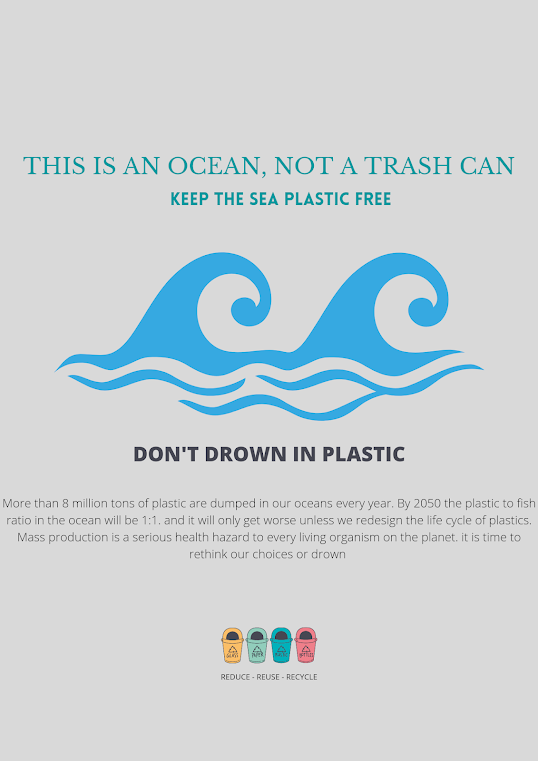EXERCISE 1 : PARTS OF MS WORDS
LIVING IN IT ERA : PARTS OF MICROSOFT WORD
DOCUMENT NAME - Also called "TITLE BAR". This part will tell you the name of the file and the application you are currently using.
MINIMIZE - This tool will minimize Microsoft Word and place it at the bottom of your screen
on the Task Bar.
MAXIMIZE - This tool will increase the size of the window.
CLOSE - This tool will close Microsoft Word as well as your document.
TOOLBARS AND FORMATTING TOOLBAR - Below the Menu Bar are the Toolbars. There are 16 different Toolbars in Microsoft Word. The
two most common ones are the Standard and Formatting Toolbars. When several
toolbars are docked on the same row, they might show only the buttons that you have
used most recently.
MENU BAR - The menus and toolbars display basic commands and
buttons. As you work with Word, the commands and buttons that you use most often
are stored as personalized settings and displayed on menus and toolbars.
THE VERTICAL RULER - The vertical Ruler is often used to adjust the Top and Bottom margins of a document.
THE VERTICAL SCROLL BAR - The Vertical Scroll Bar allows you to scroll through the document top to bottom.
STATUS BAR - Located at the bottom of the document window in Microsoft Word. It
provides information about the current state of what you are viewing in the window.
VIEW BUTTONS - You can switch to any of these views by selecting the View Menu or by clicking one of
the view buttons on the Horizontal Toolbars.
There are 4 different types of views one can access when working in Microsoft Word:
Normal View - Normal view shows text formatting but simplifies the layout of the page so
that you can type and edit quickly.
Web Layout View - Work in Web layout view when you are creating a Web page or a
document that is viewed on the screen. In Web layout view, you can see
backgrounds, text is wrapped to fit the window, and graphics are positioned
just as they are in a Web browser.”
Print Layout View - This view is useful for editing headers
and footers, for adjusting margins, and for working with columns and
drawing objects.” It is the default view.
Outline View - Work in outline view to look at the structure of a document and to move,
copy, and reorganize text by dragging headings.
NAVIGATION PANE - If you've applied heading styles to the headings in the body of your document, those headings appear in the navigation pane.
DOCUMENT TEMPLATE - is where you gonna put the text, also called "working area".
Reference: www.montclair.edu // google.com



Comments
Post a Comment